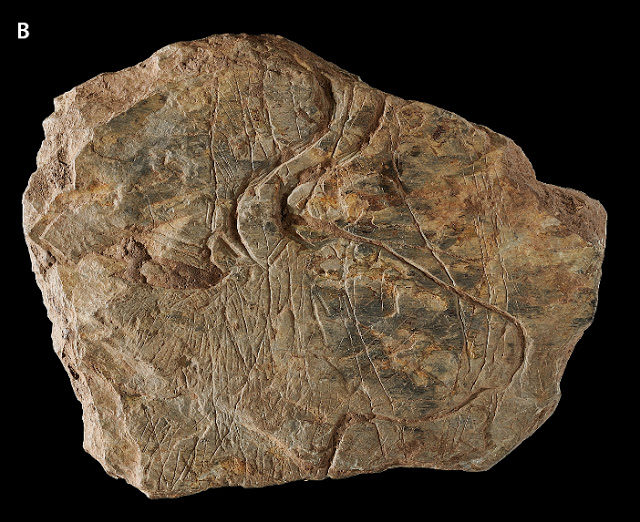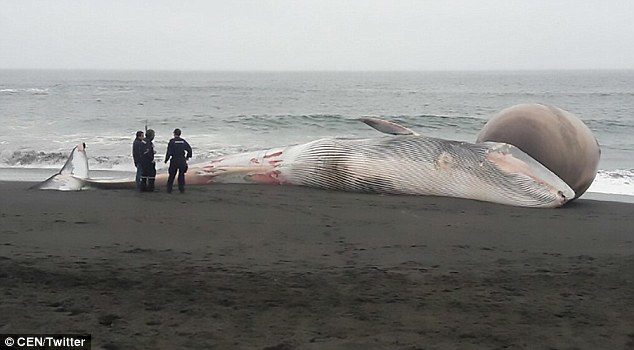A Campbell River husband and father has serious injuries after being attacked by a grizzly bear in a remote logging camp north of Vancouver Island.
Ryan Arsenault, a forestry engineer, was attacked Wednesday afternoon near Rivers Inlet at Draney Inlet, on the Central Coast, about 100 kilometres north of Port Hardy, said Arsenault's boss, Larry Fedorkie.
Another worker was nearby and came to Arsenault's aid, using bear spray to deter the grizzly.
"His quick actions certainly saved [Arsenault's] life," said Fedorkie, vice-president of Capacity Forest Management.
Arsenault suffered serious injuries to his left arm, including tissue and muscle damage, a broken right leg and a severe laceration to his head.
Arsenault, who is in his 30s, was airlifted to Victoria General Hospital for treatment. He underwent surgery on Thursday.



Comment: See also: Yellow fever outbreak in Brazil worries U.S. officials